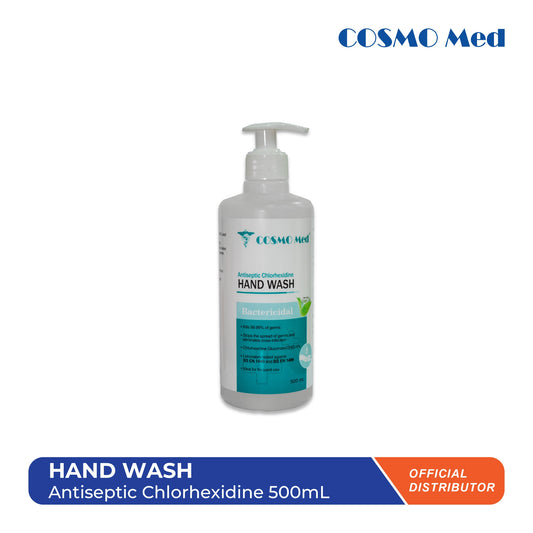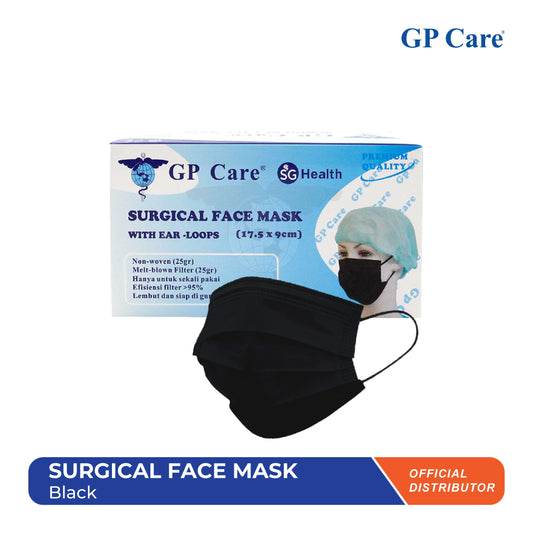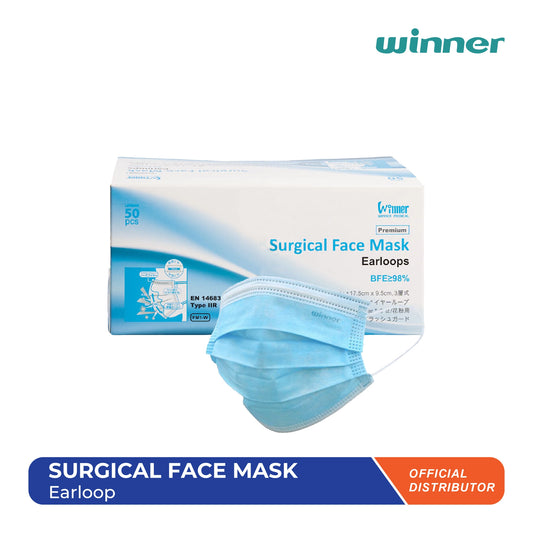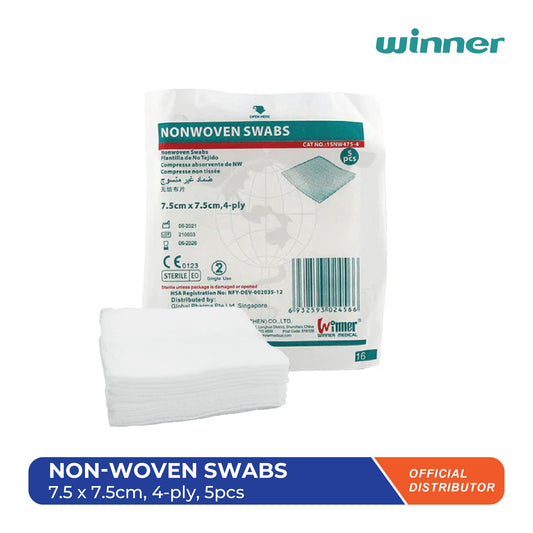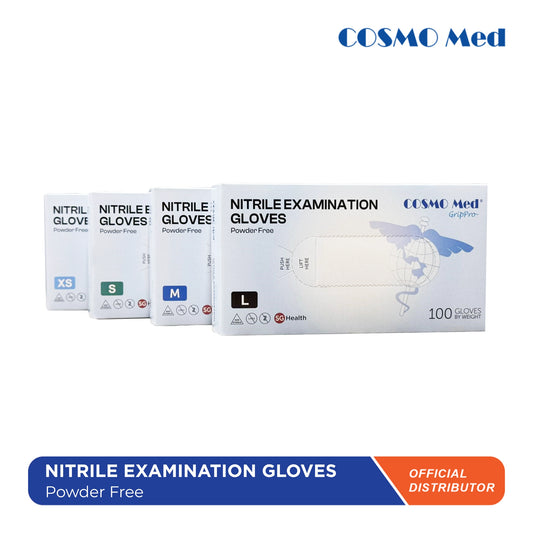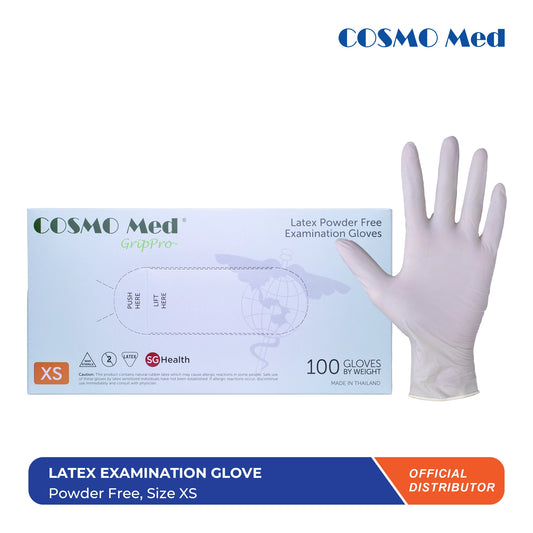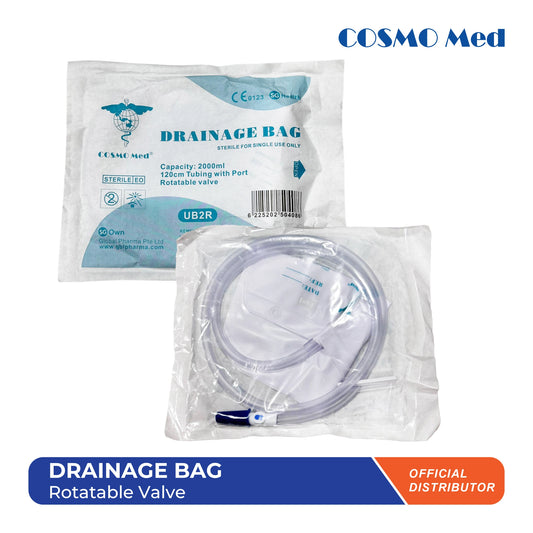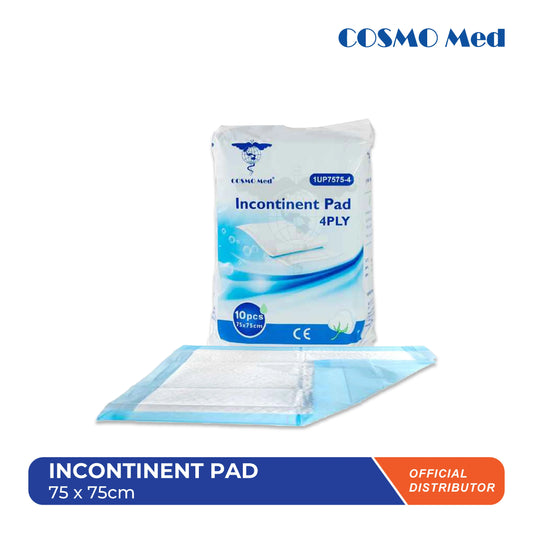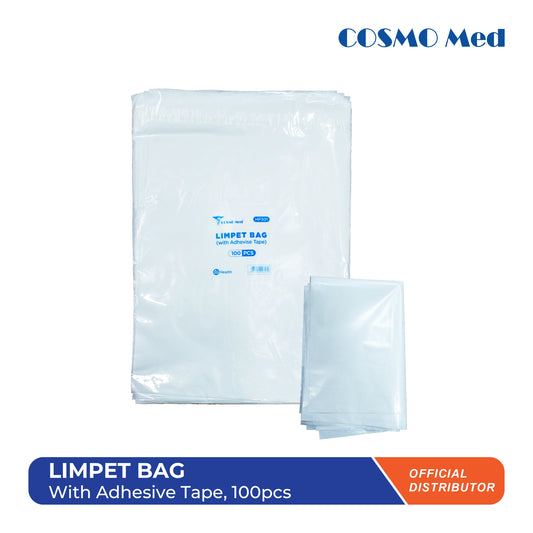Medical cotton balls are small, soft, round pieces of cotton that serve many purposes. They’re commonly used for cleaning, applying medications, and absorbing fluids and are available in various types, each is designed for a specific use. The two main types are sterile and non-sterile cotton balls, which differ in their sterility and intended use.
Types of Cotton Balls

Sterile Cotton Balls
Sterile cotton balls are treated to be free from bacteria, fungi, viruses, and other harmful microorganisms. The sterilization process typically involves methods like autoclaving or gamma irradiation. These methods are vital to ensure they are 100% sterile and most used in environments where hygiene is a priority, such as medical and healthcare settings, which makes them an ideal for treating open wounds, surgical sites and injection areas.
Sterile cotton balls are indispensable in medical and healthcare settings. Here are some of the most common uses:
- Sterile cotton balls are frequently used to clean wounds and apply antiseptics, like iodine or isopropyl alcohol, before injections or minor surgeries. This help prevent infection and reduce the risk of bacteria spreading to open wounds.
- Sterile cotton balls are a must-have in any first aid kit, because they are perfect for cleaning small cuts, scratches, and bruises. In emergencies, they can be useful to control small amounts of bleeding due to their high absorbency.
- Parents often use sterile cotton balls to gently clean their babies, especially in sensitive areas like the eyes, ears, and diaper areas. Free from chemicals and fragrances, thus making it safe for a baby’s delicate skin.
- Sterile cotton balls are widely used for applying makeup removers, cleansers, and toners in skincare routines. They are also useful for cleaning delicate skin areas like the face and eyes.
- Sterile cotton balls are also used in veterinary care to clean pets' eyes, ears, and small wounds. Their softness and absorbency make them gentle enough for animals without causing irritation.
Non-Sterile Cotton Balls
Non-sterile cotton balls, however, are not designed to treat against bacteria or viruses. This type is mostly used in situations where sterility is not as important, such as applying makeup, removing dirt, cleaning surfaces, or any other. While they are still soft and absorbent, they are not suitable to use in medical settings.
Non-sterile cotton balls are perfect for everyday tasks where sterility is not a concern. Here are some common uses :
- Non-sterile cotton balls are ideal for general cleaning tasks, such as wiping surfaces or cleaning makeup brushes.
- These cotton balls are often used to apply lotions, creams, or other treatments to the skin. They are also great for removing makeup, dirt, or absorbing excess oil from the face.
Sterile Vs Non-Sterile Cotton Balls
The key difference between sterile and non-sterile cotton balls is their level of cleanliness and intended application. Sterile cotton balls are treated to ensure they are free from harmful microorganisms, which is crucial when dealing with wounds or sensitive areas. They are generally used in professional healthcare environments, such as hospitals, clinics, and first aid kits.
Non-sterile cotton balls, on the other hand, are more versatile but are meant for less critical applications, such as cosmetic use or general cleaning. They may not be free of bacteria or other pathogens, so they are not suitable for use on open wounds or in surgical settings.
The absorbency and texture of both types of cotton balls can also vary. Sterile cotton balls are designed with higher absorbency to handle medical fluids like blood or antiseptics, ensuring cleanliness is maintained. While non-sterile cotton balls are still absorbent, they may not meet the same strict standards for medical use. Without the controlled sterilization process, non-sterile cotton balls can vary in quality and consistency, whereas sterile cotton balls are more uniform in structure, softness, and absorbency.
Sterilize Non-Sterile Cotton Balls
Although it’s possible to sterilize non-sterile cotton balls using methods like autoclaving or gamma irradiation, it is not recommended to do so at home. Sterilization requires specific equipment and controlled conditions to be effective. or the safest and most reliable option, it’s best and safer to use sterile cotton balls that are pre-sterilized for sensitive applications.
Things to Avoid When Using Cotton Balls
While cotton balls are generally safe, there are a few things to keep in mind to ensure their proper use:
Avoid Reusing Cotton Balls
Cotton balls are designed for single use, especially in medical settings. Reusing them can introduce bacteria or other harmful substances to the skin or wounds.
Don’t Use Non-Sterile Cotton Balls on Open Wounds
Using non-sterile cotton on open wounds can increase the risk of infection. Always opt for sterile cotton balls in such cases.
Be Cautious with Excessive Pressure
Cotton balls are soft and absorbent, but applying too much pressure can cause them to tear or leave behind fibres that can irritate sensitive skin.
Storage
Always store cotton balls in a clean, dry place to avoid contamination. Sterile cotton balls should be kept in sealed packaging until ready for use. Once the packaging is opened, the cotton balls are exposed to the environment and may no longer be sterile, so it's important to use them immediately or in reasonable timeframe.
Whether you need sterile cotton balls for medical use or non-sterile cotton balls for personal care, our products provide the comfort, quality, and reliability you can trust.



